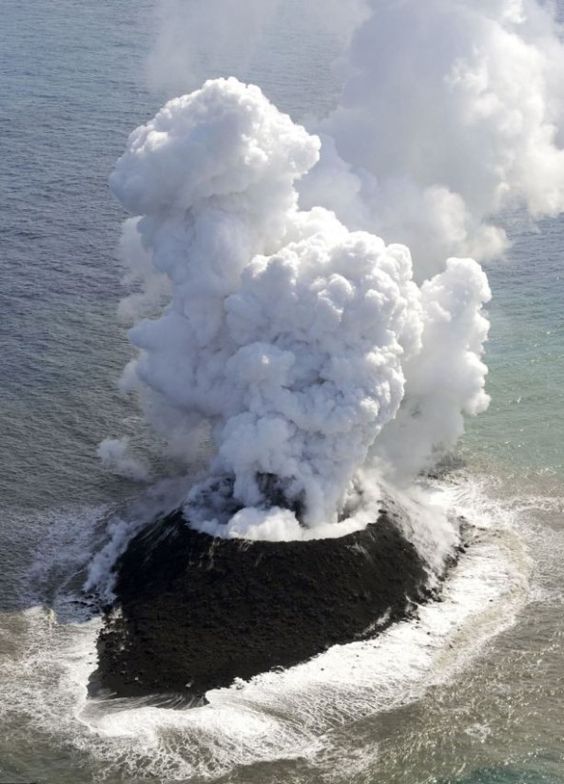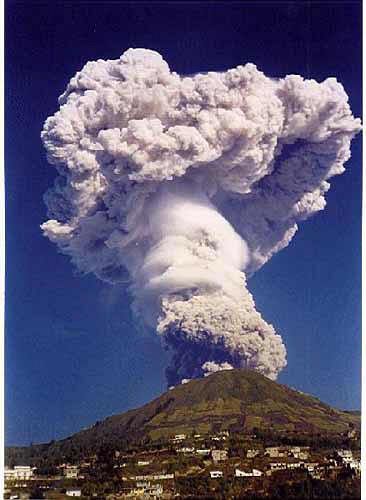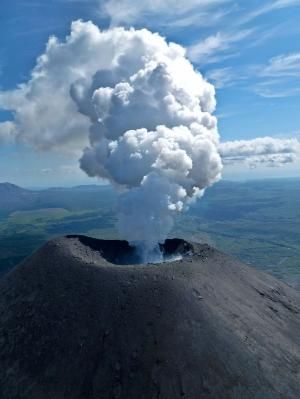Volcanic islands, 𝐛𝐨𝐫𝐧 from the tumultuous eruptions of volcanoes, are some of nature’s most awe-inspiring creations. These enigmatic landforms emerge from the depths of the ocean, shaped by the powerful forces of molten rock and geological processes. As we explore the captivating story of how these islands come into existence, we gain a deeper appreciation for the dynamic and ever-changing nature of our planet.

The 𝐛𝐢𝐫𝐭𝐡 of a volcanic island is a dramatic and often violent event. Beneath the ocean’s surface, tectonic plate boundaries collide or separate, creating subduction zones or divergent boundaries. At these zones, one tectonic plate is forced beneath another, causing the release of intense pressure and heat. This results in the melting of rocks in the Earth’s mantle, forming a molten substance known as magma.

As the magma rises towards the surface, it can accumulate in a magma chamber beneath the ocean floor. The pressure within this chamber continues to build until eventually, it breaches the Earth’s crust through a vent or fissure. The magma, now referred to as lava, erupts onto the ocean floor, often creating a towering underwater volcano, or “seamount.”

Continued eruptions over time lead to the accumulation of lava and volcanic debris, causing the seamount to grow larger and larger. As it reaches closer to the ocean’s surface, the eruptions become increasingly explosive, and vast amounts of ash and volcanic rock are ejected into the air and water.

Eventually, after countless eruptions, the volcanic island emerges above sea level, announcing its presence to the world. The island’s shape and size depend on the intensity and frequency of volcanic activity, as well as the erosion caused by wind, waves, and other natural forces.

Volcanic islands are not only fascinating geological phenomena but also vital ecosystems. The new land provides a blank canvas for life to flourish. Plants and animals begin to colonize the barren landscape, leading to the establishment of unique and diverse ecosystems. Over time, these ecosystems may evolve to house species found nowhere else on Earth, making volcanic islands hotspots of biodiversity and contributing to the study of evolution.

Moreover, volcanic islands often play a crucial role in shaping human history. They have been both feared and revered by ancient civilizations, with myths and legends woven around their fiery nature. In more recent times, some volcanic islands have become popular tourist destinations, drawing visitors to witness the raw power of nature and marvel at the scenic beauty they offer.
However, living on a volcanic island comes with its challenges. While the volcanic soil can be fertile for agriculture, eruptions can devastate communities and disrupt livelihoods. As such, many island dwellers have learned to adapt to the volcanic landscape and understand its warning signs to minimize the impact of potential eruptions.
Source: special68





